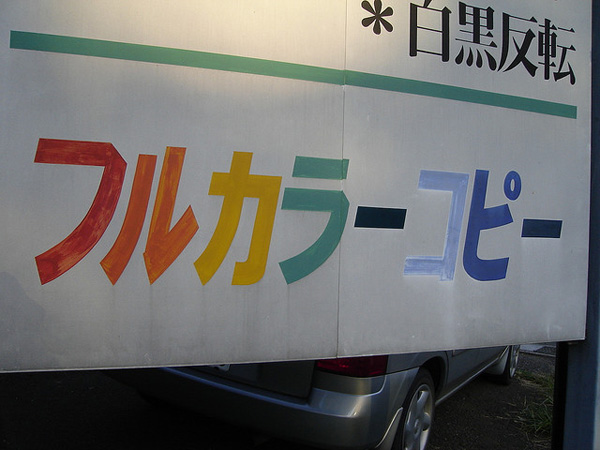Learning Katakana
“Man who waits for roast duck to fly into mouth must wait a very, very long time.” - Chinese Proverb

If you remember way back when to Season 1, you’ll know that katakana is mainly used for foreign words that have been adopted into the Japanese language. This means that these words are kinda-sorta like their original version, with a Japanese twist (i.e. using only the sounds that are actually available in the Japanese language). Besides foreign words, though, there are a few other things you’ll see katakana in:
- Scientific Words
- Onomatopoeia
- Emphasis (like when something is italicized in English)
- Some foods
For the most part, though, foreign words will be the most common place you’ll see katakana used, so we’ll probably end up focusing mostly on that.
Now, despite looking very different from hiragana (which you’ve hopefully learned by now!) it contains all the same sounds. The difference is that it is written completely differently from hiragana, which means you have to learn new symbols for the sounds you already know (sounds like あ, い, う, え, and お). For example:
かきくけこ = ka ki ku ke ko
カキクケコ = Ka ki ku ke ko
Same sounds, different symbols. That means you know half of what you need to know already. Time to learn the second half. Should be easier this time round, too :)
